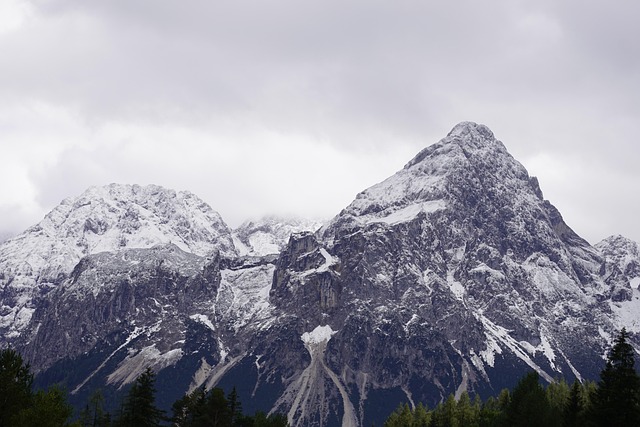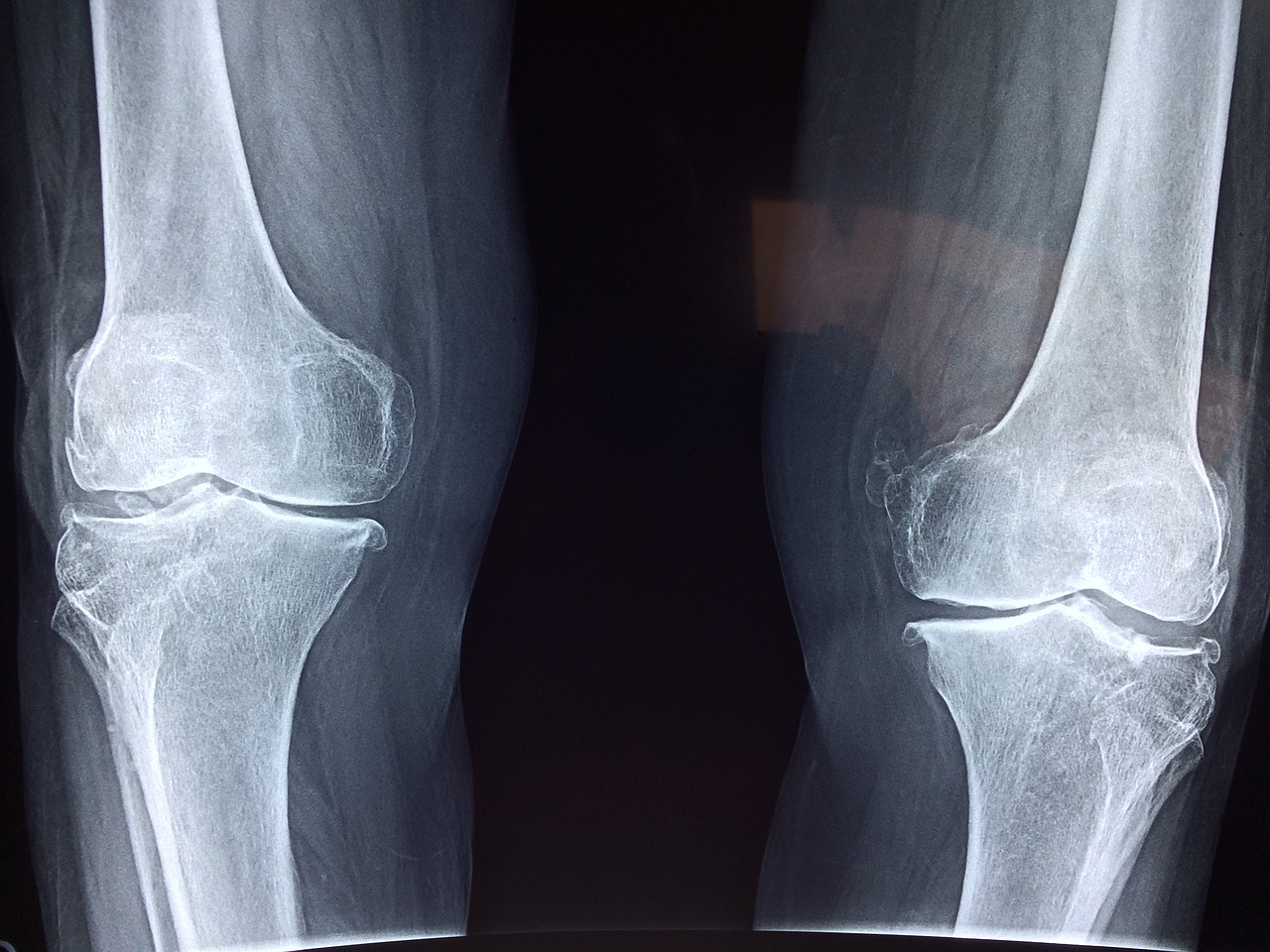Article Title:Origin and subsurface history of geothermal water of Murtazabad area, Pakistan - an isotopic evidence
Abstract:
The Murtazabad area represents one of the major geothermal fields in Pakistan, with seven hot springs lying along the Main Karakoram Thrust. Discharge of the springs is 50-12001 per minute with the surface temperature from 40 to 94 degreesC. Environmental isotopes and chemical concentrations have been used to investigate the origin and subsurface history of thermal water. Four sets of water samples were collected and analyzed for various isotopes including O-18, H-2 and H-3 of water; S-34 and O-18 of dissolved sulphates and chemical contents. Isotopic and chemical data show that the origin of thermal water is meteoric water. On the delta -diagram, delta O-18 and delta H-2 data plotting below the local meteoric water line with a slope around 12.3 show that the original thermal water receives recharge from precipitation at higher altitude (3000m) and undergoes delta O-18 shift of about 1% due to exchange with rocks. Different correlations between isotopes, temperature and Cl indicate that the observed isotopic compositions have evolved due to mixing of different proportions of shallow water at different spring paths during movement of thermal water towards the surface. It is also inferred from the tritium data along with delta O-18 and delta H-2 that the circulation time is long and is estimated to be more than 50 years. (C) 2001 Elsevier Science Ltd. All rights reserved.
Keywords: origin; subsurface history; geothermal waters; Murtazabad; Pakistan
DOI: 10.1016/S0969-8043(01)00119-1
Source:APPLIED RADIATION AND ISOTOPES
Welcome to correct the error, please contact email: humanisticspider@gmail.com



